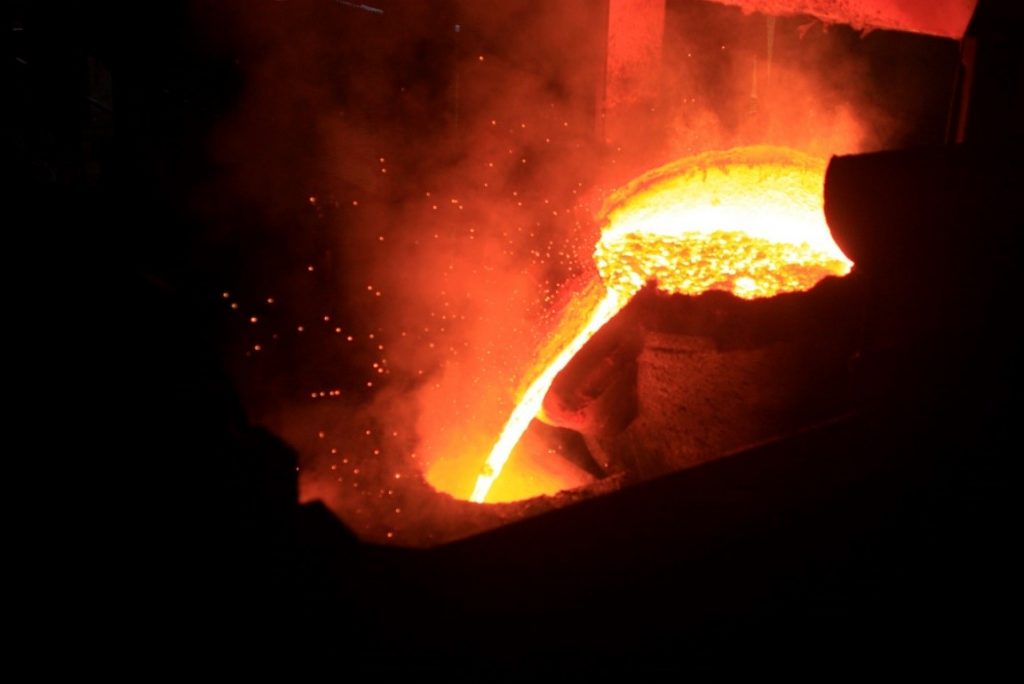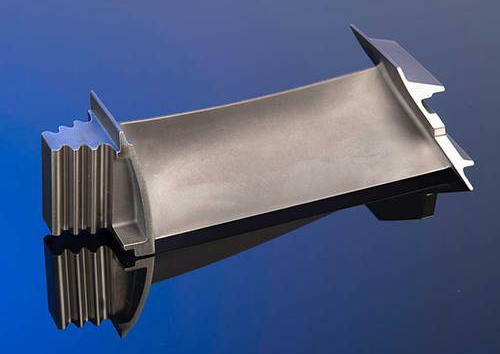Melting of ferrous metals:There is no doubt that iron is by far the most widely used metal among all metals around the world. High strength and low price make the existence of steel equipment necessary in almost every industry. Induction furnaces can perform any process of casting, heating or maintenance at the highest possible level in terms of quality for ferrous alloys.

Melting of non-ferrous metals:Induction furnaces can be introduced as the best option for melting many non-ferrous metals. Non-oxidation of aluminum melt, heat control and uniform distribution of heat to melt copper scrap, as well as ease of smelting zinc metal for use in galvanizing and cathode melting processes, are just a small part of the capabilities of these furnaces.

alloy making:The use of induction furnaces in alloying processes is very common due to its high melting quality. Non-contact of the melt with combustion agents, controllability of temperature, very low gas dissolution, adjustability and high uniformity of the chemical composition of the melt, have all improved the quality of the alloy melt in these furnaces.

Precision Casting:Induction melting is widely used in precision casting. Induction melting furnaces are ideal for precision casting of precious metals and superalloys. Mehronik Company offers precision casting plants.

Silicon melt:Induction equipment can be used to melt silicon for a variety of applications, such as the production of semiconductors and the manufacture of solar panels, which are very important in the electronics industry. Induction furnaces transfer heat directly or indirectly to molten silicon, enabling large-scale silicon production.

Melting of rare metals:The use of induction furnaces in the metallurgical industry is not limited to metals such as iron, aluminum and copper. Induction furnaces can also be used to produce reactive metals, rare metals, titanium, lead, magnesium, uranium and calcium.

Melting of precious metals:The production of clean and efficient smelting systems for precious metals such as refining, scrap smelting and jewelry production is one of the most important applications of induction furnaces. It is obvious that in the processing of precious metals, even losing a small amount of it is very costly. Therefore, by using induction melting technology, metal recycling efficiency can be increased and side costs in the smelting process of precious metals can be reduced.

Metal recycling and refining:Induction melting is ideal for recycling all types of metal scrap and even light scrap such as aluminum, as it is a flame-free process with minimal oxidation. In addition, due to the presence of a magnetic field, perturbations are created inside the melt, which will lead to its homogenization. Therefore, induction furnaces can play an important role in reducing environmental pollution and increasing energy efficiency.

Rolling:One of the requirements for setting up a rolling line for the production of various types of steel sections is the use of heating systems to preheat or reheat steel ingots. Induction heating furnaces with high temperature control level and uniform heating from the surface to the center of steel ingots are the most suitable option for use in this field.

Forging:In addition to rolling, the forging process is another method of forming metals in which it is necessary to preheat the part before starting the operation. Advantages such as high heating speed, precise temperature control, no oxide formation on the surface of the part, as well as taking up little space, have significantly increased the use of induction systems for the forging process in recent years.

Heat treatment:Heat treatment in order to bring the physical and mechanical properties of metals to the desired level, has an inevitable role in industry. Today, the use of induction systems in heat treatment of metals, such as induction hardening, tempering, annealing, etc. is highly developed; Because in addition to creating minimal pollution compared to other methods, it increases the speed of operation and has better control over the temperature level.

High temperature graphite heating:In some non-metallic materials, such as graphite and silicon carbide, electromagnetic induction causes heating. Therefore, this effective method can be used to heat graphite plants and control the temperature in order to achieve maximum efficiency.

Universities and laboratories:Due to the development of various industries and sciences, many universities and research centers need a smelting system with minimal environmental and noise pollution and in small dimensions. Using induction systems for heating and melting in these centers can be a suitable and efficient solution.

Directional freezing:To make single-crystal turbine blades or directional solidification, as well as to produce high-purity and single-crystal silicon, high-precision and controllable heating is required in different areas. Due to the high flexibility in implementing special thermal patterns, induction systems are the best option for heating.



 FA
FA